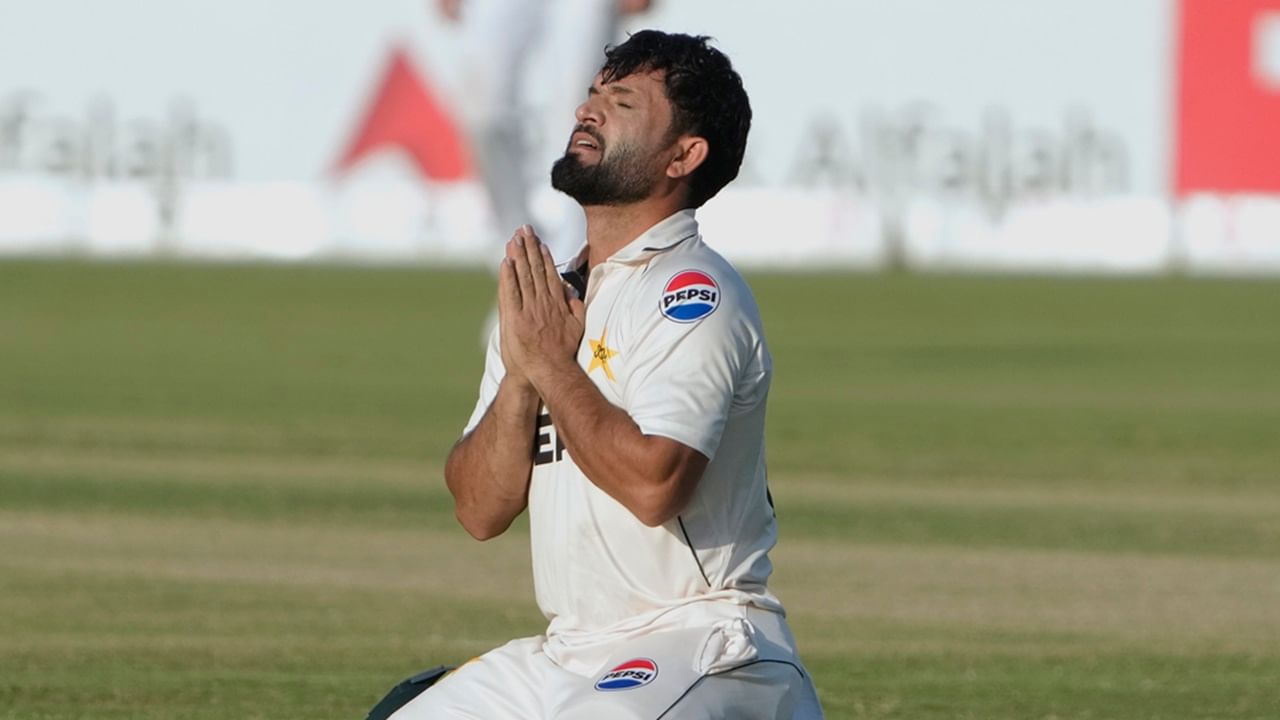The Indian Premier League (IPL) is set to undergo significant changes ahead of the mega auction scheduled for IPL 2025, as announced by the IPL Governing Council. One of the most notable updates is the reintroduction of the Right to Match (RTM) card, but with revamped rules that promise to enhance player negotiations and franchise strategies.
Overview of the Right to Match Card
The Right to Match card allows franchises to retain players during the auction process, enabling them to respond to bids made by rival teams. This strategic tool aims to maintain competitive balance while giving teams a way to secure core players they consider essential to their roster.
New Retention Policy
Under the latest retention policy, each franchise can retain a maximum of six players ahead of the auction. This includes up to five capped players (both Indian and foreign) and two uncapped players. However, teams that retain all six players will forfeit their Right to Match card for the auction. This means that franchises must carefully assess which players to retain to maximize their auction flexibility.
Strategic Use of the Right to Match Card
The updated rules provide a strategic advantage for franchises that choose to leave slots open for the auction. If a franchise decides to retain only five players, it can utilize the RTM card. This allows franchises the opportunity to reclaim one of their existing players who is up for auction.
Changes in the Bidding Process
One of the most impactful changes in the RTM card utilization process is the new bidding dynamic. Previously, a team could automatically retain a player by matching the highest bid. Now, however, if a franchise opts to use their RTM card, the team that made the highest bid is granted a chance to increase their offer. This introduces a competitive element and can lead to richer contracts for players.
Example Scenario
To illustrate this new format, consider the case of Ishan Kishan during the auction. If Chennai Super Kings (CSK) places a bid of ₹6 crore for Ishan Kishan, his current team, the Mumbai Indians, is then prompted to decide whether to use their RTM card. If Mumbai accepts, CSK then has the opportunity to raise their offer, say to ₹10 crore. At this juncture, Mumbai Indians could use their RTM to re-sign Ishan for the increased amount of ₹10 crore. Such a scenario not only encourages competitive bidding but also raises player valuations significantly.
Benefits for Players
The alterations in the Right to Match card process are poised to greatly benefit players. The potential for increased bidding wars and tougher negotiations means that players can secure higher salaries and better contracts than before. By empowering franchises with this strategic tool, the league aims to foster a more competitive and financially rewarding environment for players.
As these changes unfold, the dynamics of the IPL auction will undoubtedly evolve. Franchises will need to carefully strategize their retention and bidding approaches to optimize their outcomes during this highly anticipated event in the cricket calendar.











